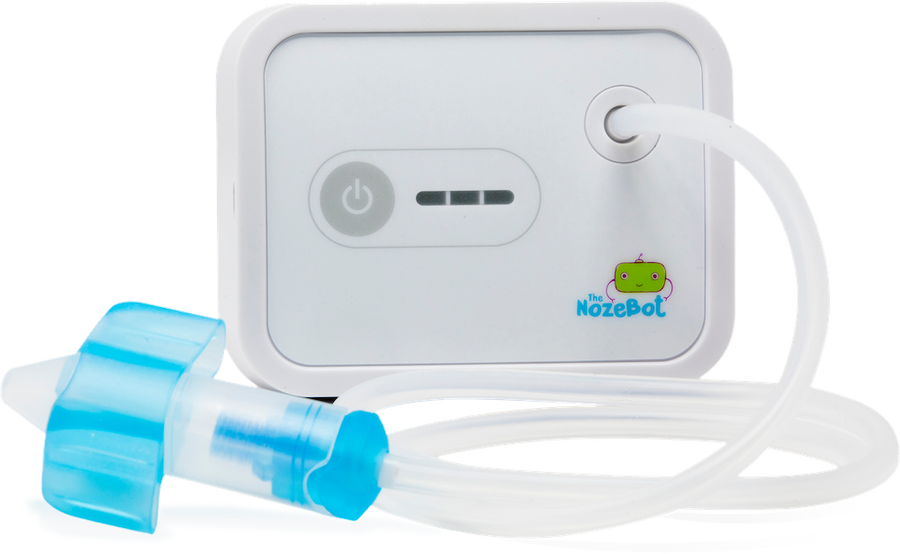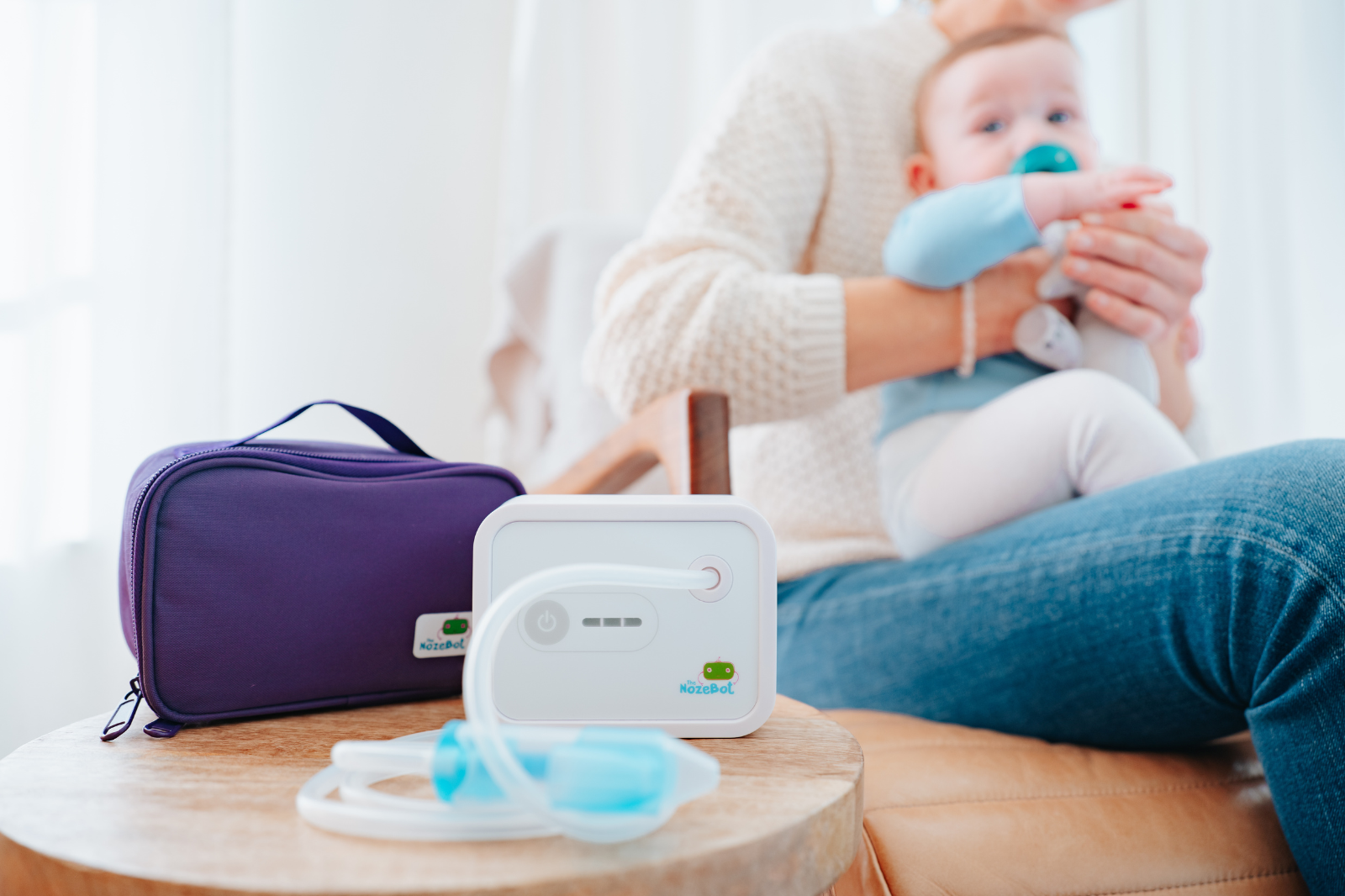Guest Post by Katy Fleming, MA, LPC, BSN, RN
Sinuses are the little air-filled pockets in the bone of your face including your cheeks, nose, forehead, and behind your eyes.
When viruses or bacteria flood our sinuses, it results in inflammation and infection.
Sinus Infection 101: Diagnosing and Treating
Sinusitis, also referred to as a sinus infection, affects millions of Americans each year. Remain proactive by increasing your understanding of the prevention and treatment of sinus infections.
Sinus Infection 101
When your nose starts running and coughing begins, it’s tough to determine the cause. Without knowing the diagnosis, you can’t properly treat your symptoms.
Learn more about the differentiating symptoms, causes, and treatment of sinus infections to support the healing process.

What is a Sinus Infection?
Sinus infections are swelling or inflammation in the tissue lining of the sinus cavities in our faces.
Bacteria, viruses, and allergens can inflame the sinuses causing blockage and fluid build-up. This leads to pressure and pain in the face, a stuffy and runny nose, and headaches.
There are different types of sinus infections based on:
- How long it occurs (acute, subacute, or chronic)
- The cause (bacteria, virus, allergens)
Acute sinus infections last less than four weeks and are commonly caused by viruses.
Subacute sinus infections last longer, 4-12 weeks. Chronic sinus infections last at least 12 weeks and are caused by bacteria.
These factors affect the potential course of treatment. Some require antibiotics whereas other sinus infections are relieved on their own.
Symptoms
Here are common symptoms of sinus infections:
- Facial pressure or pain
- Fever
- Tiredness
- Nasal congestion
- Runny nose
- Mucus running down your throat (postnasal drip)
- Cough
- Ear pressure or pain
- Headache
- Bad breath
Diagnosis
When cold and flu season kicks into full force, it’s difficult to differentiate between sinus infection, cold, and COVID symptoms.
Sinus infections have the unique characteristics of facial pain and pressure.
Allergies, COVID-19, and a cold could eventually lead to a sinus infection as bacteria, viruses, or allergens enter our sinus cavities. According to the CDC, viruses cause 9 out of 10 sinus infections in adults.

To diagnose a sinus infection, your doctor will examine your throat, nose, and sinuses. Your healthcare provider may choose to swap your nose for viruses or to determine the type of bacteria.
For chronic infections, allergy testing helps determine potential triggers.
People with narrow sinus cavities or deformities of the nasal passage may struggle with chronic infections, as well. Imaging can assist in determining if there is a structural problem.
Treatment
Sinus infections are typically treated at home with over-the-counter medications, increased hydration, nasal rinses, and plenty of rest.
Consult your doctor to discuss additional treatment options if:
- Your symptoms don’t lessen after 10 days
- Fever lasts longer than 3-4 days
- Your symptoms are severe
Your healthcare provider may prescribe treatment options such as antibiotics, decongestants, or steroid nasal sprays.
Since most sinus infections are viral, it’s important to ensure that an antibiotic is necessary. Taking antibiotics when they aren’t needed leads to overuse and resistance.
Chronic sinus infections may require surgery if structural changes are needed such as opening passages or removing nasal polyps.
Seek emergency medical attention for a fever over 103 degrees Fahrenheit, vision changes, seizures, confusion, or a stiff neck.
Prevention
Practicing healthy hygiene habits prevents the spreading of germs and decreases the likelihood of getting sick.
Do your best to stay healthy with these tips:
- Receive the recommended vaccinations such as the flu vaccine
- Wash your hands routinely
- Avoid contact with others who are sick
- Stop smoking
- Use a humidifier to moisten the air
- Identify and avoid potential triggers of allergies
For your little ones, use an electric nasal aspirator to clear congestion and prevent inflammation. Check out the NozeBot, a hospital-grade suction created by a pediatric ENT to clear out little noses.

Want to learn more health tips? You’ll love these:
- What To Do If Your Child Gets Burned
- 5 Things Parents Need to Know About Strep Throat
- What To Do If Your Child Is Afraid of Needles
- Questions to Ask When Choosing a Pediatric ENT
- What Parents Need to Know When Considering a Tonsillectomy
Practice prevention techniques such as routine hand washing, avoiding contact with those suffering from respiratory infections, and remaining vaccinated.
Sinus infections, or sinusitis, typically is caused by a virus and lasts 7-10 days. Over-the-counter medications and nasal rinses may help alleviate symptoms.
For longer-lasting infections, your doctor may prescribe an antibiotic. Contact your healthcare provider to discuss any concerns or questions.
As a licensed counselor and registered nurse, Katy approaches freelance writing with years of experience and a unique perspective. Alongside her partner, Katy loves to travel the world and embrace other cultures from volcanoes in Iceland to villages in India.
The Nozebot is a battery-powered suction device designed to clear nasal congestion in babies and children.


